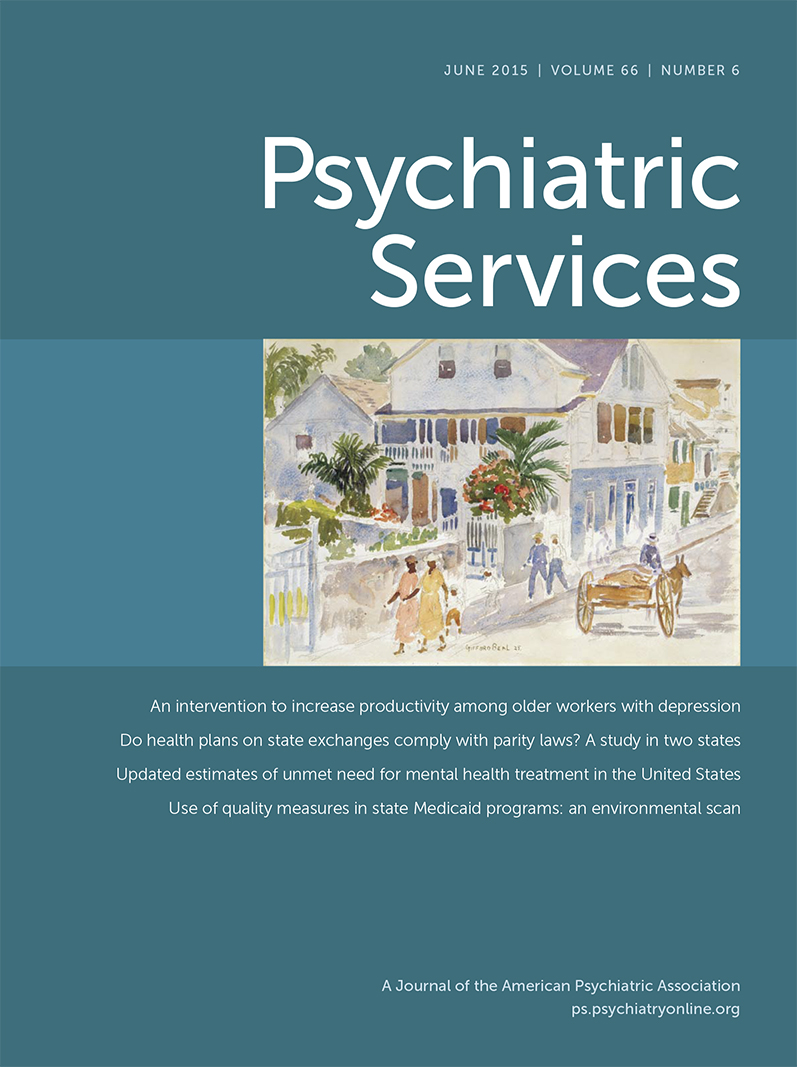Insurance Status, Use of Mental Health Services, and Unmet Need for Mental Health Care in the United States
Abstract
Objective:
The purpose of this study was to provide updated national estimates and correlates of service use, unmet need, and barriers to mental health treatment among adults with mental disorders.
Methods:
The sample included 36,647 adults ages 18–64 (9,723 with any mental illness and 2,608 with serious mental illness) from the 2011 National Survey on Drug Use and Health. Logistic regression models were used to examine predictors of mental health treatment and perceived unmet need.
Results:
Substantial numbers of adults with mental illness did not receive treatment (any mental illness, 62%; serious mental illness, 41%) and perceived an unmet need for treatment (any mental illness, 21%; serious mental illness, 41%). Having health insurance was a strong correlate of mental health treatment use (any mental illness: private insurance, adjusted odds ratio [AOR]=1.63, 95% confidence interval [CI]=1.29–2.06; Medicaid, AOR=2.66, CI=2.04–3.46; serious mental illness: private insurance, AOR=1.65, CI=1.12–2.45; Medicaid, AOR=3.37, CI=2.02–5.61) and of lower odds of perceived unmet need (any mental illness: private insurance, AOR=.78, CI=.65–.95; Medicaid, AOR=.70, CI=.54–.92). Among adults with any mental illness and perceived unmet need, 72% reported at least one structural barrier and 47% reported at least one attitudinal barrier. Compared with respondents with insurance, uninsured individuals reported significantly more structural barriers and fewer attitudinal barriers.
Conclusions:
Low rates of treatment and high unmet need persist among adults with mental illness. Strategies to reduce both structural barriers, such as cost and insurance coverage, and attitudinal barriers are needed.



